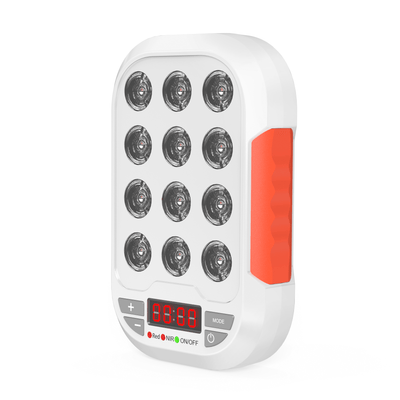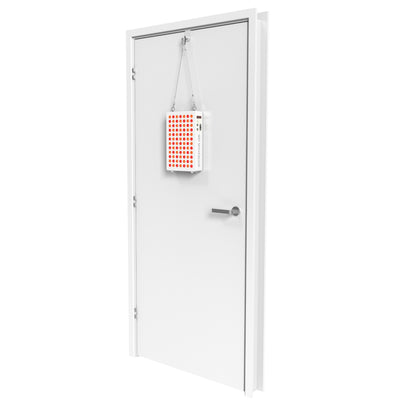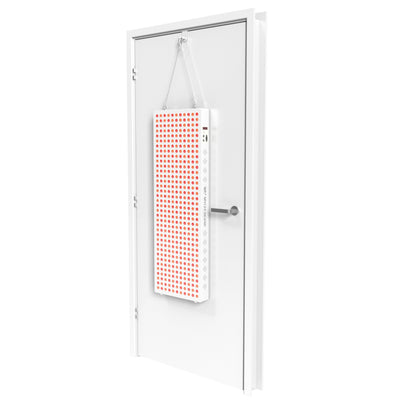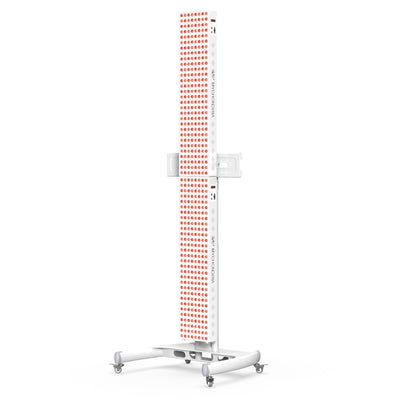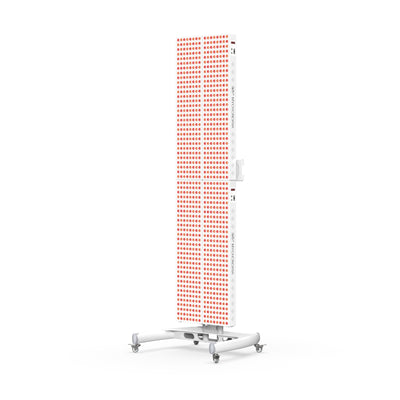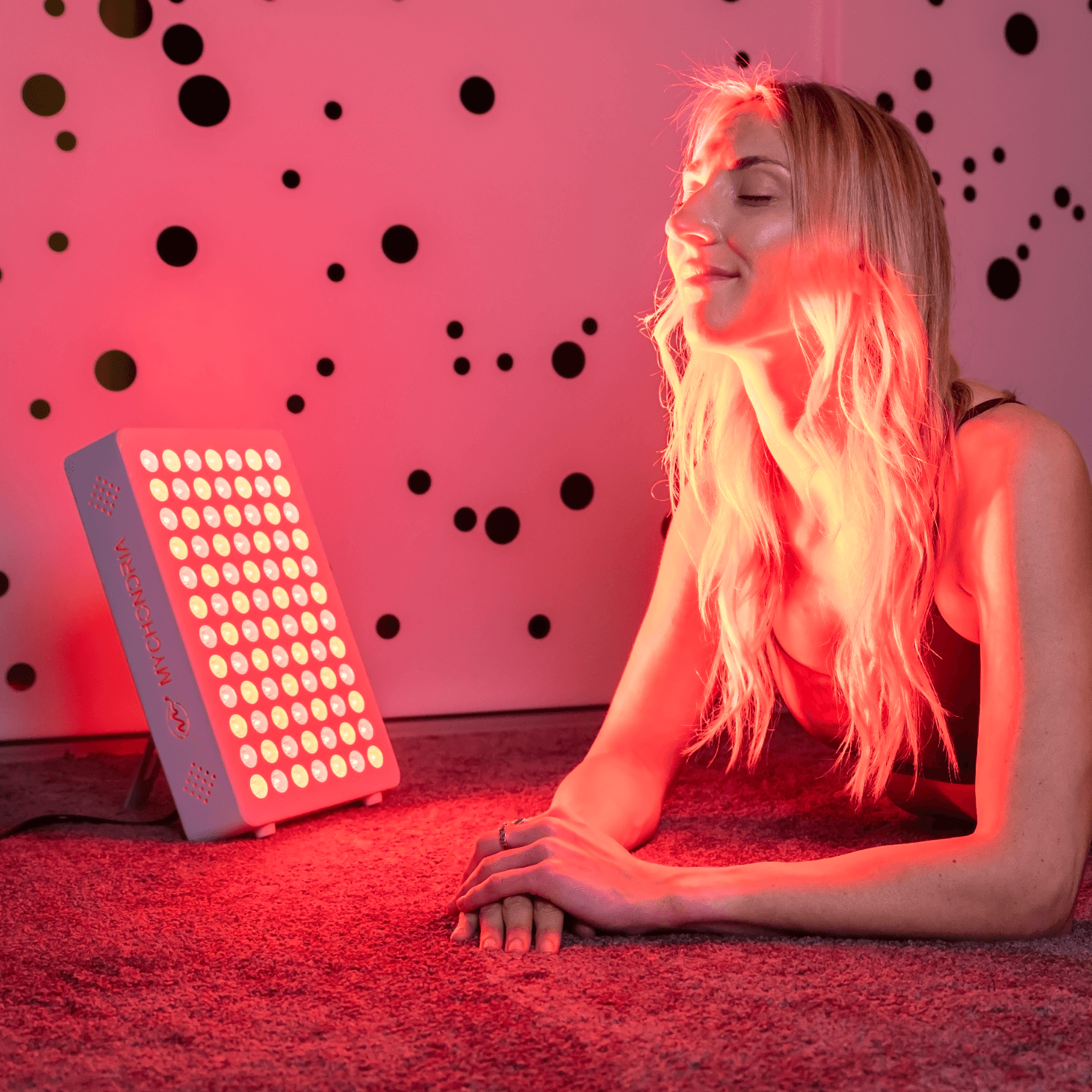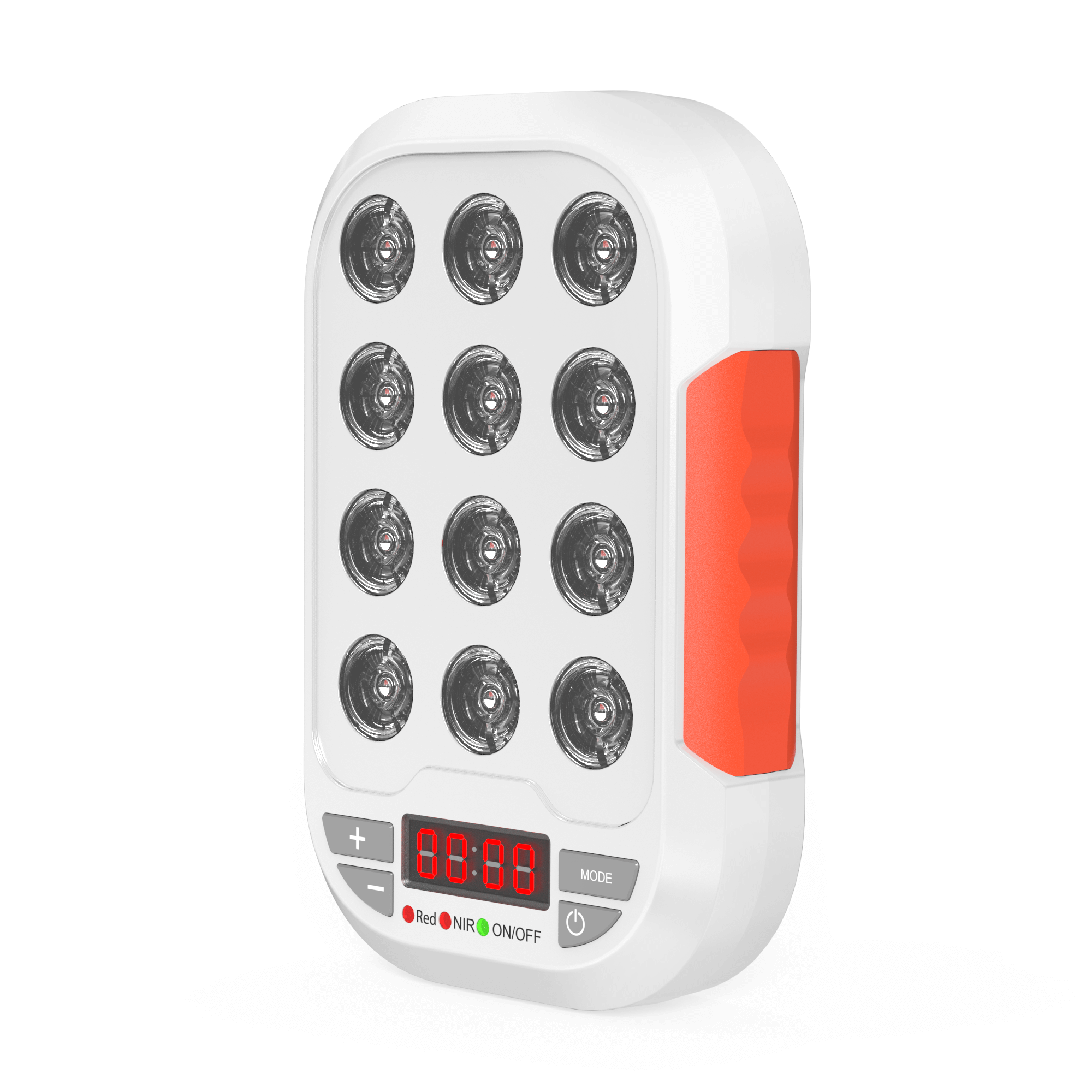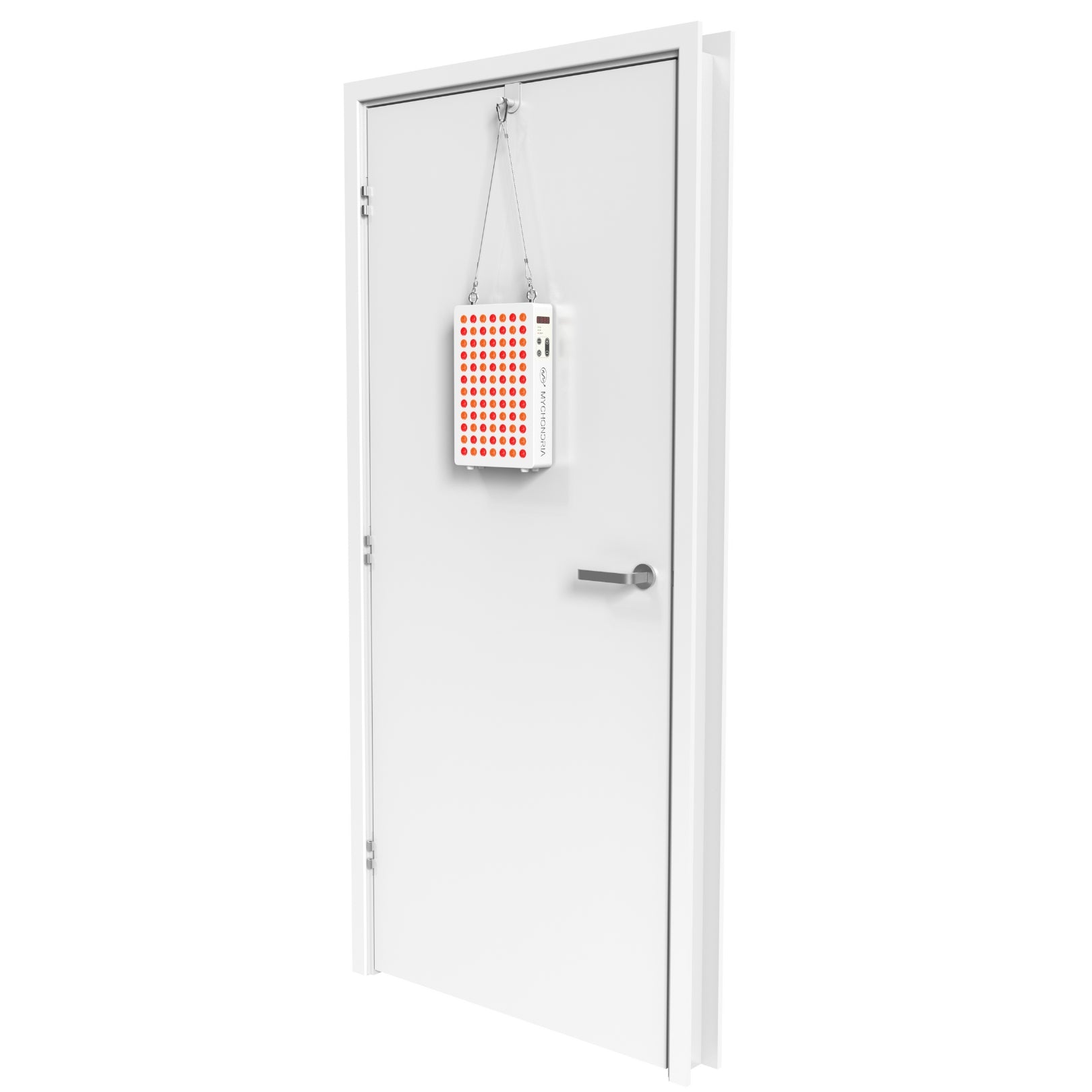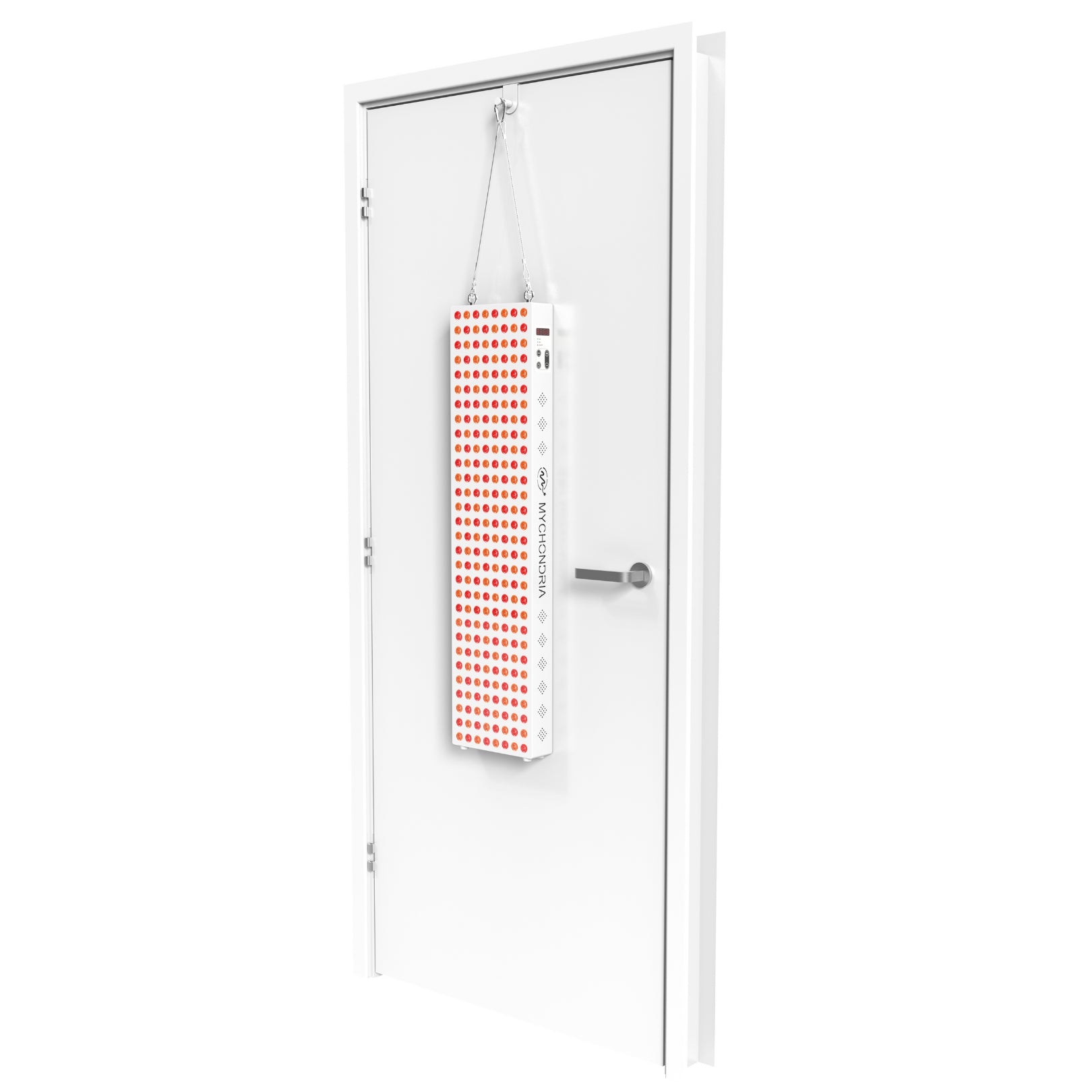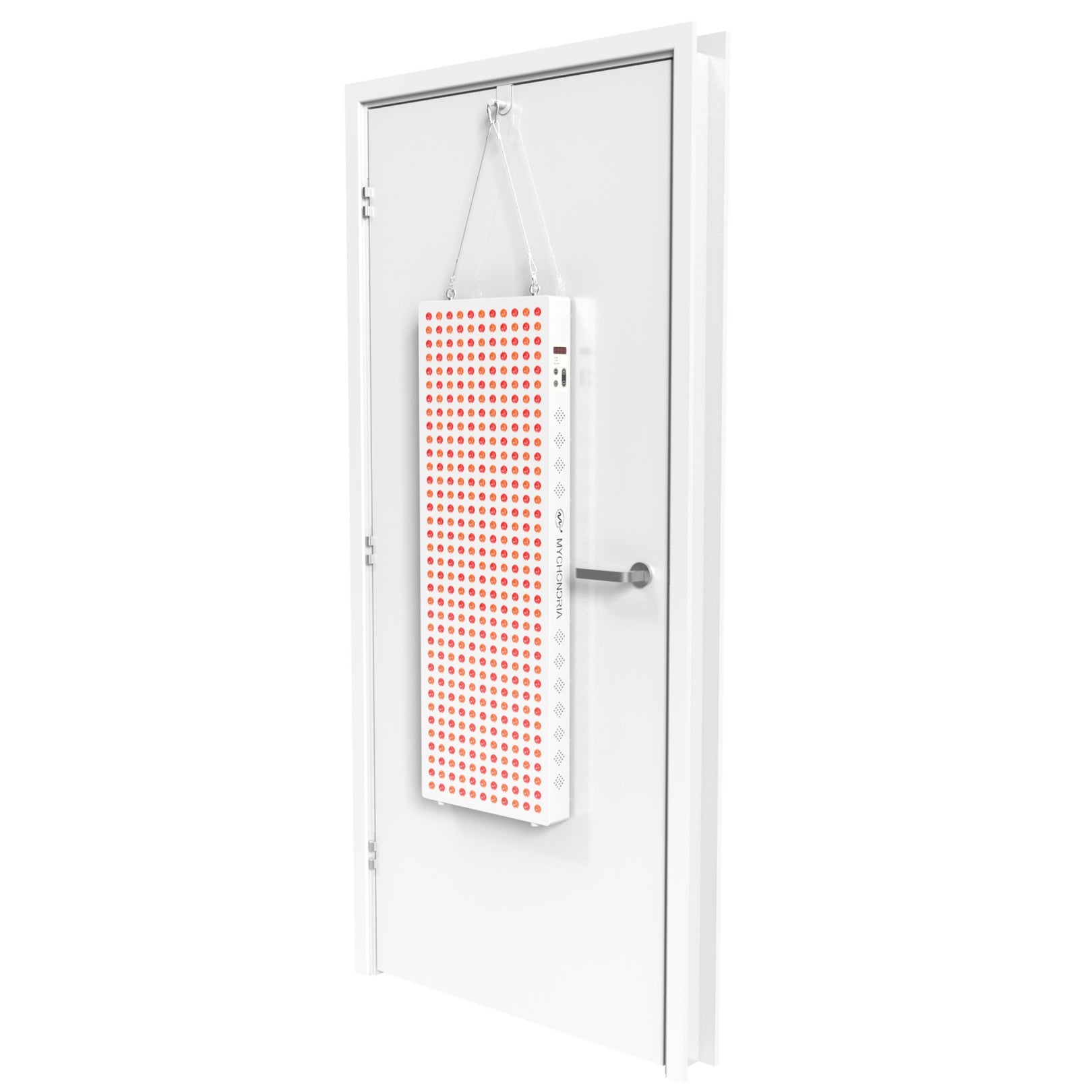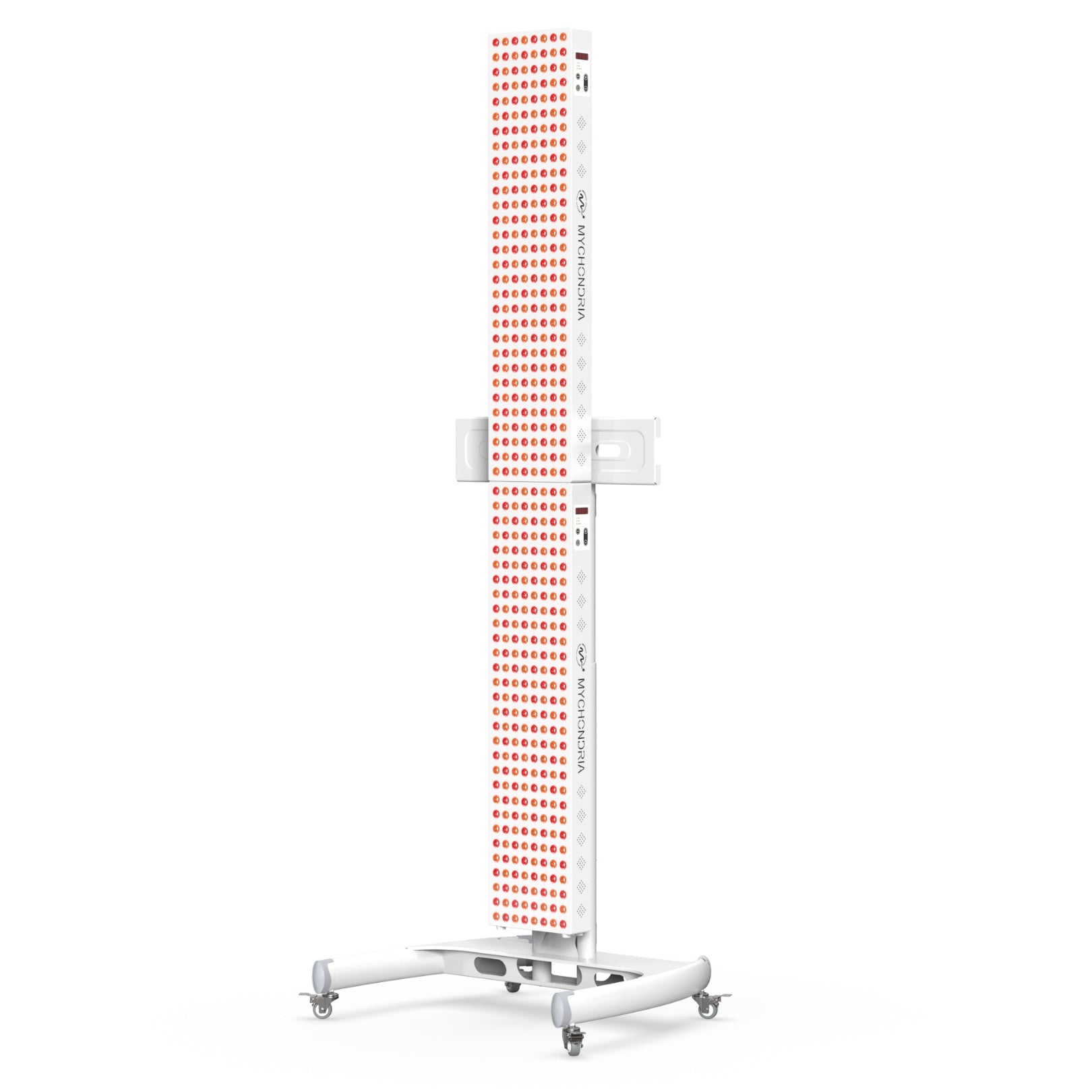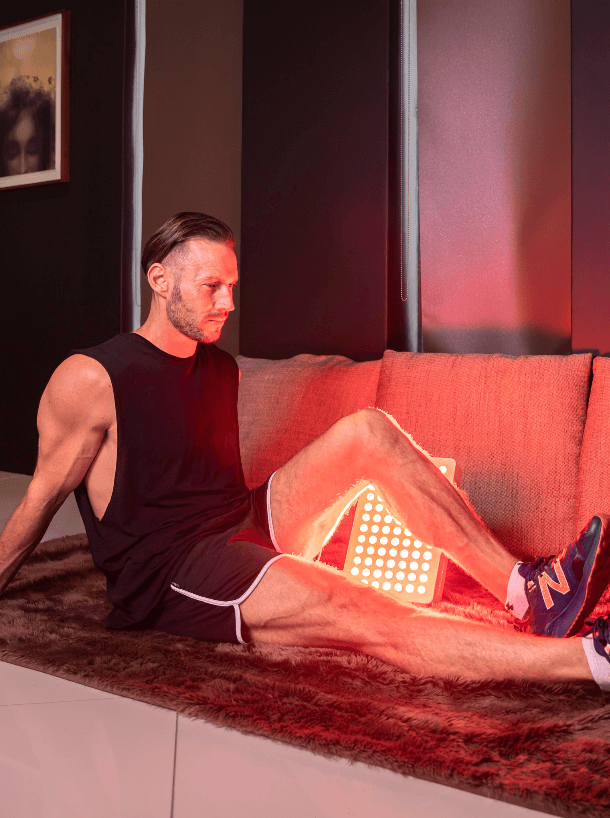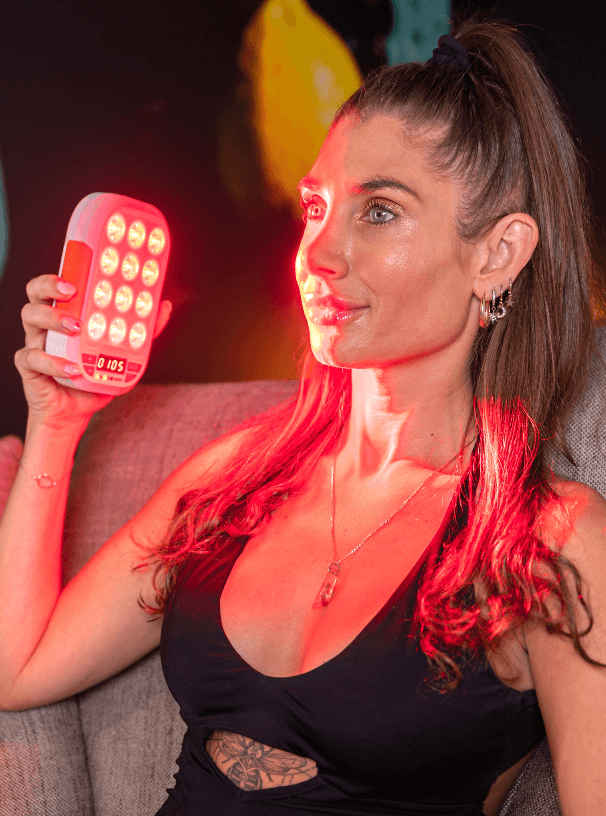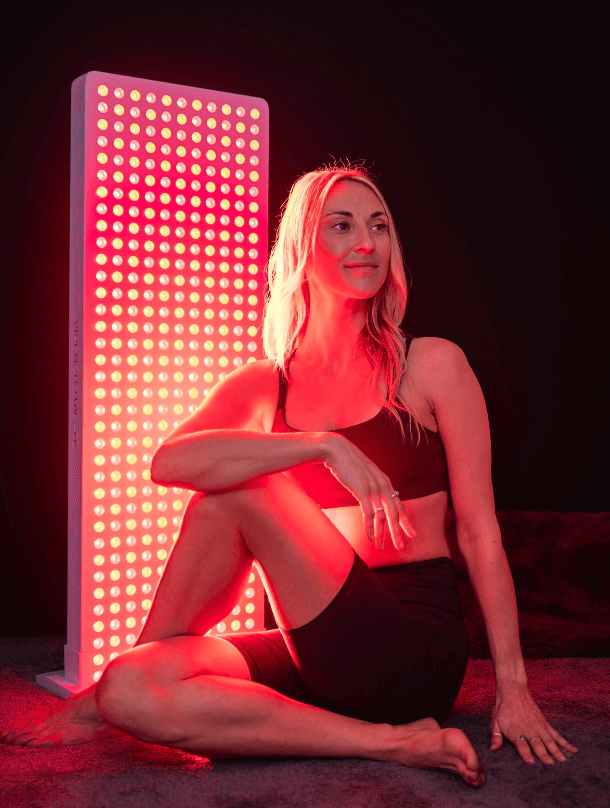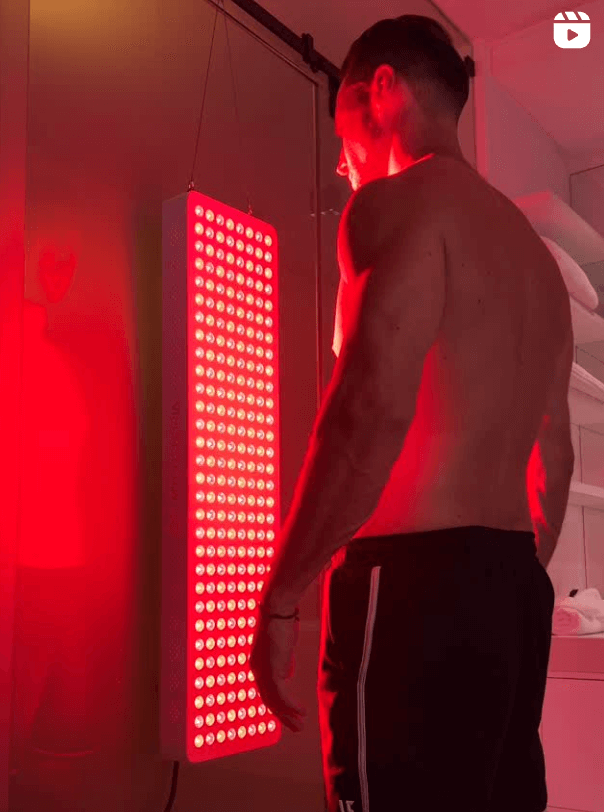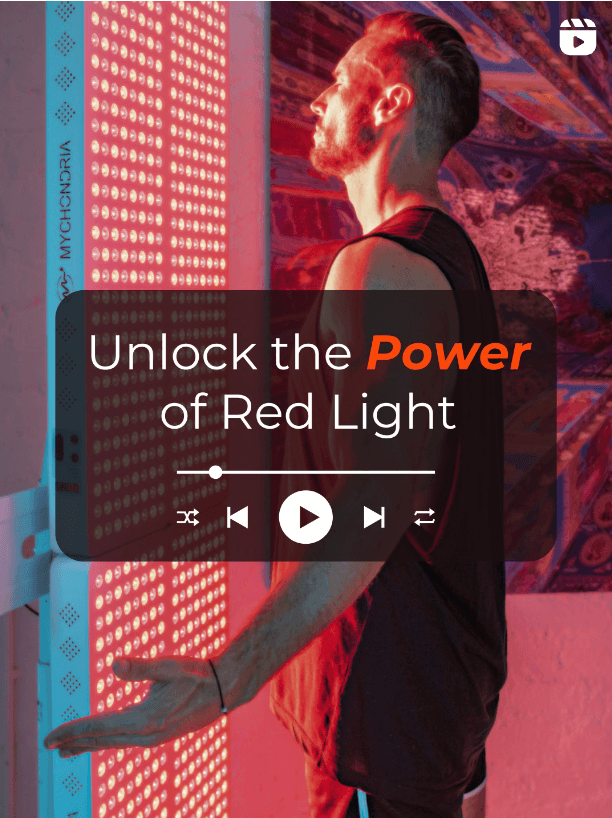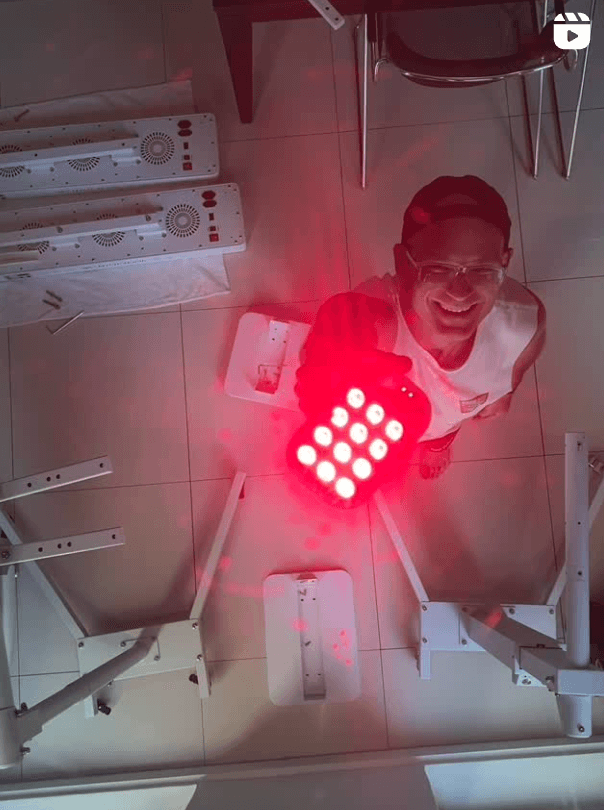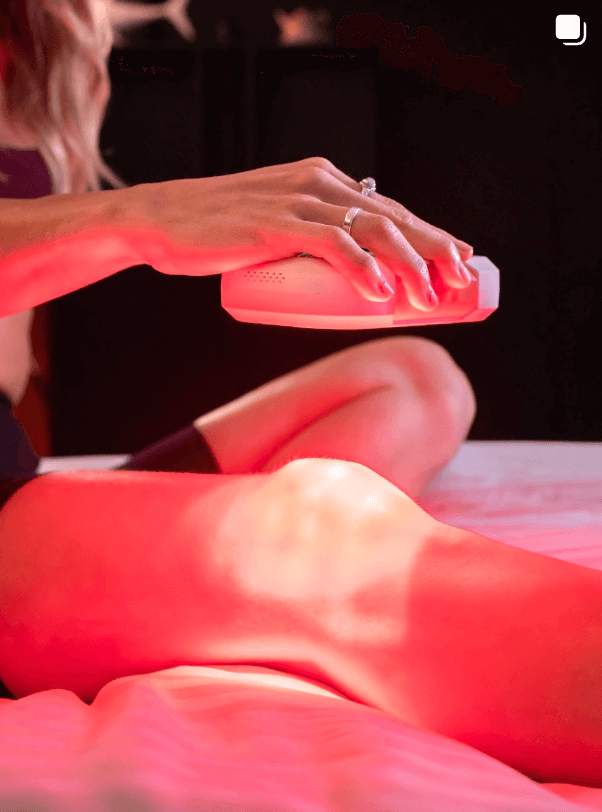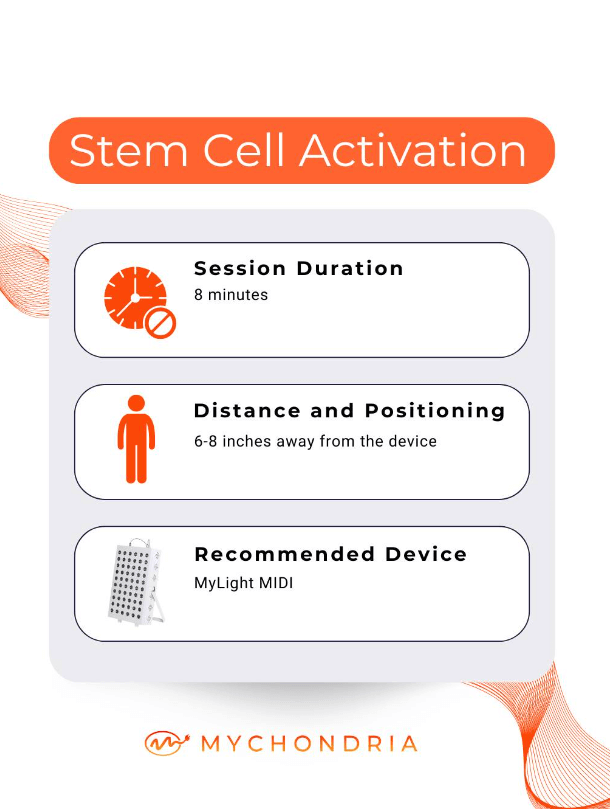Why Most Red Light Therapy Devices Exaggerate Light Intensity (And What to Look For)
Red light therapy is powerful. Backed by science. Changing lives.
But if you’ve been shopping for a device, you’ve probably seen all kinds of numbers:
- “100 mW/cm² at 6 inches”
- “125 mW/cm² intensity”
- “Clinically effective output”
These numbers sound trustworthy — not too high, not too low.
But here’s what no one tells you:
⚠️ Even “normal-looking” light intensity specs are often wildly misleading.
And the reason is simple: they’re being measured with the wrong tool.
📌 TL;DR:
- Most red light therapy brands use the wrong tool — solar power meters — to measure light intensity, leading to inflated and misleading numbers.
- Even “normal-looking” specs like 100 mW/cm² are often 2–3× higher than reality.
- At Mychondria, we use lab-grade equipment to ensure our devices deliver real, clinical doses that match the research — because that’s what actually gets results.
🌞 The Tool Everyone Uses (But Shouldn’t)
Most red light therapy companies use something called a solar power meter to measure light output. Devices like the Tenmars TM-206 are the go-to.
These meters were designed to measure sunlight — a broad spectrum of wavelengths from ultraviolet to infrared. They assume a smooth, even spread of light like what you’d get outdoors.
But red light therapy panels aren’t the sun.
They emit very targeted wavelengths, like 630nm, 660nm, and 850nm. These are sharp, concentrated peaks — not smooth and continuous like sunlight.
So when a solar meter tries to read those sharp spikes, it gets confused.
The result?
Even “reasonable” numbers like 100 mW/cm² may be 2–3× higher than reality.
🔬 Why Solar Meters Misread Red Light Panels
The heart of the issue lies in how solar meters are calibrated.
These tools are built to interpret light using a correction curve based on the solar spectrum — meaning, they expect a gradual distribution of wavelengths.

But red light panels don’t work like that. They produce narrowband bursts of light that don’t match the shape of natural sunlight. When those narrow spikes hit the solar meter’s sensor, it interprets them incorrectly, essentially saying:
“Wow, this must be really strong sunlight!”
But it’s not. It’s just a concentrated LED at one specific wavelength.
This leads to inflated readings — even when the number looks modest.
🧪 Example: What Happens in Real Testing
Let’s say a company reports 105 mW/cm² at 6 inches.
If they used a solar meter (which most do), that number might actually be closer to 40–60 mW/cm² when measured with proper lab equipment like:
- A narrowband optical power meter
- A spectroradiometer that isolates specific wavelengths
- Calibrated sensors with traceable accuracy
That’s a massive difference. And it explains why many people don’t see results with their device — not because red light therapy doesn’t work, but because the device isn’t delivering the dose it claims to.
💡 Why This Matters (Even for “Honest-Looking” Claims)
It’s not just the companies shouting “200 mW/cm²!!!” that are misleading you.
It’s the brands quietly saying “90–110 mW/cm²” too — when they’ve never done proper testing. They’re still using solar meters. They’re still guessing. And they’re still getting it wrong.
Whether a company is overhyping or under-delivering, the end result is the same:
- ❌ You think you’re getting a clinical dose, but you’re not
- ❌ You waste time and money on sessions that fall short
- ❌ You start questioning red light therapy itself — when the problem was never the therapy
At Mychondria, we’ve seen this again and again. Customers come to us frustrated after trying other panels, and the pattern is always the same: inflated specs, poor results, and zero accountability.
🎯 Ready to Use a Device That Actually Works?
We created a full video explaining the difference between real vs fake specs — and why most buyers end up disappointed.
Watch below to learn the truth about light intensity measurements — and how to avoid wasting your money.
The Bottom Line
If a company can’t tell you:
- What tool they used to measure intensity
- Whether their data is wavelength-specific
- How far away the readings were taken
Then it doesn’t matter whether their number is 50 or 150 — it’s probably not real.
Don’t settle for marketing metrics.
Demand clinical-grade truth.
🔥 Featured Product: MyLight MIDI 2.0
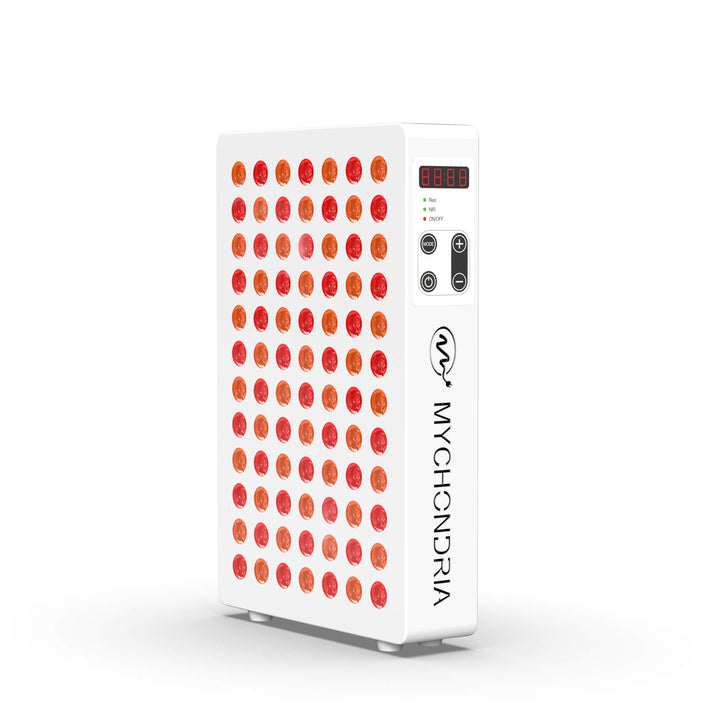
The MyLight MIDI 2.0 delivers real clinical power at 630nm, 660nm, and 850nm wavelengths — with true lab-tested intensity at 6 inches. No fluff. No gimmicks. Just results.
Shop Now